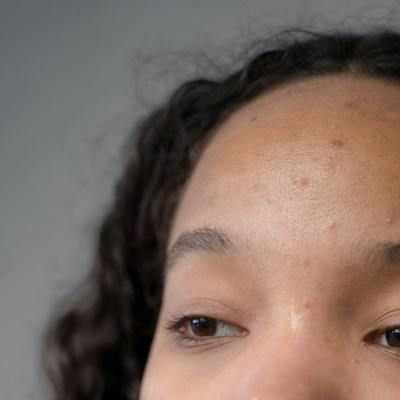Video
Will a Drug Get Approved for Epidermylosis Bullosa?
Author(s):
A pair of novel topical drugs hit high phase 3 marks at AAD 2022. One expert explains how they both may reach ground-breaking indications.
When sessions began at the American Academy of Dermatology (AAD) 2022 Annual Meeting this weekend, the state of epidermlyosis bullosa (EB) treatment was little resourced, and less optimistic. No drugs have been approved by the US Food and Drug Administration (FDA) to treat the chronic, highly deadly dermatologic disease in young patients.
As AAD 2022 concludes, investigators have honed in on at leas 2 agents—diverse in their background and benefit—that could reach indication for EB in the coming years.
In the second segment of an interview during AAD, Dedee F. Murrell, MD, director of dermatology at St. George Hospital, USNW, discussed the ongoing phase 3 extension assessment of birch triterpenes (Oleogel-S10) for patients with EB, after new late-breaking data showed the novel topical gel achieved nearly 50% heal of targeted wounds over 12 months.
Murrell expressed interested in observing the eventual plateau of wound-healing capability with Oleogel-S10, and how it continues to benefit patients’ wellbeing, pain, and risk of EB-causative skin cancers that generally drive mortality within the rare disease.
In the meantime, Amryt Pharma is in ongoing discussions with the FDA regarding its drug application for Oleogel-S10 as the first potential therapy indicated for EB—a deliberation which Murrell expressed confidence that increasingly available data will help resolve, despite the FDA being historically questioning of new dermatologic therapies, and EB being a particularly complex disease to treat.
Murrell additionally discussed the unique components of the gel therapy, which has only been previously assessed in treating skin burn wounds.
“But I suppose, because (the triterpenes) stimulate keratinocytes to heal, they could be an adjunctive treatment perhaps for some other autoimmune diseases that I manage: pemphigus, bullous pemphigoid, perhaps in addition to elderly people who can’t tolerate too many steroids, it can be for pyoderma gangernosum,” Murrell said.
“I mean, who knows?” She continued. “There’s lots of ulcerating conditions which don’t heal…but I’m not aware of any studies that have been in that area as of yet.”
Lastly, Murrell shared her perspective on potential topical gene therapy beremagen geperparvec (B-VEC) from Krystal Biotech, which at AAD 2022 was supported by phase 3 findings showing a significantly greater rate of patients treated with B-VEC achieved complete wound healing from dystrophic EB than placebo at both 3 and 6 months (P <.005).
“It did take a while for it to start to work and Peter (Marinkovich, MD) and I were discussing this afterwards, thinking that perhaps patients could benefit from both patients—one to get the treatment working quicker, and the other to fix the genetic problem,” Murrell suggested.
“There’s no problem with more than one treatment getting approved for these poor, desperate patients.”





